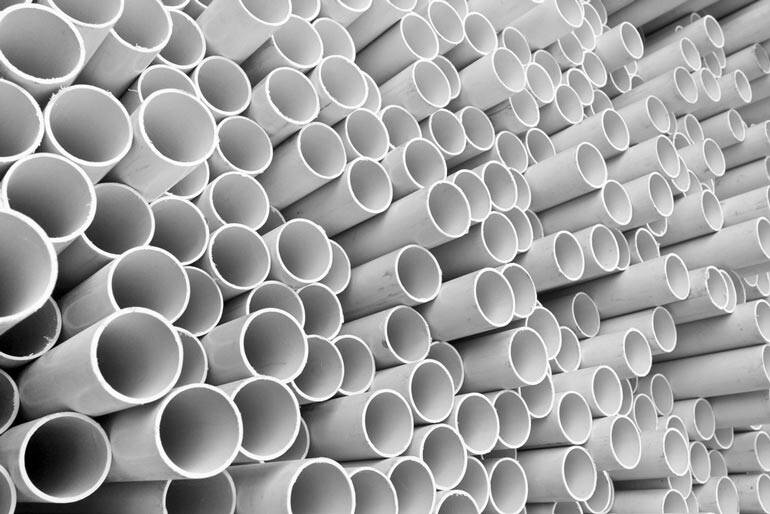Start 14-Day Trial Subscription
*No credit card required

Tips for Using PVC Products to Brew Great Beer
Learn about PVC tubing types, sizes and cleaning processes, and discover the advantages of reinforced and unreinforced PVC tubing in the brewing process.
The beer business has grown considerably in the U.S. since craft beer began. According to data, there are about 9,709 breweries in the U.S. That’s compared to 1.1 million dedicated home brewers who brew beer as a hobby or pastime.
Your beer quality depends on several factors, including the tubing you use. Using incorrect tubing for brewing beer can lead to poor taste, an overly hazy brew or a malfunctioning brewing process.
Typically, you want to use PVC tubing for low-temperature processes. Here’s what you need to know about PVC tubing and how to use it effectively to brew beer.
The Essentials About PVC Tubing for Brewing Beer
There are two common types of tubing used for brewing beer: silicone tubing and PVC tubing. While you can essentially use a single type of tubing for most of the process, most brewers use PVC and silicone tubing for specific sections of the process where they each provide greater advantages.
Silicone is a much more expensive option than PVC tubing. However, it is more heat resistant, making it ideal for transferring hot wort. However, you can still use CPVC piping, which features a slightly different chemical makeup that makes it heat tolerant up to 200 degrees.
PVC piping is ideal for chilling processes below 140 degrees. This includes draining, discharging and path transfer of non-critical fluids.
The biggest disadvantage of unreinforced PVC tubing is that it is prone to curling at the end. Therefore, you should always buy an extra foot of it to account for the curling.
The Two Main Types of PVC Tubing Used to Brew Beer
Typically, you can get PVC for brewing beer in two main types. These are unreinforced PVC tubing and reinforced PVC tubing.
Unreinforced PVC Tubing
This is often the cheapest and most basic PVC tubing you can buy. It is available in most hardware stores, with some brands explicitly marked as “food-grade.” Often, you should go with the food-grade option.
Unreinforced food-grade PVC tubing is often rated at a maximum temperature of 175oF. Therefore, it is ideal for chilling processes and unadvised for transferring hot wort. It poses little risk of leaching since the tubing is only used for transfer – the beer doesn’t sit long in it.
Unreinforced PVC tubing should be replaced if the inside becomes dirty and can’t be cleaned or if there’s a plastic flavor in your beer. For the latter, you should consider switching brands.
Reinforced PVC Tubing
This type of PVC tubing is stiffer than unreinforced ones, with a higher temperature tolerance. However, it can still fail at handling very hot wort, typically above 200 degrees.
Reinforced PVC tubing is often ideal for high-pressure and commercial draft beer applications. It doesn’t offer homebrewers that much value.
The Pros of PVC Tubing in Brewing Beer
Reinforced and unreinforced PVC tubing offer several benefits when brewing beer. They include the following:
For unreinforced PVC tubing:
- Glass-like clarity for visual contact
- Lightweight, flexible and abrasion-resistant
- Economical
- NSF-51 listed
- Can be bought in an antimicrobial formulation
- DEHP, Phthalate and BPA free
For reinforced PVC:
- Less kinking
- Supports higher pressure
- DEHP, Phthalate and BPA free
- NSF-51 and NSF-61 listed
The Best PVC Tubing Size for Brewing Beer
The best PVC tubing size for a brewery depends on where it will be connected to. Typically, this can be the end of a bottle filler, racking cane or metal barb.
In most cases, more than one size tubing will fit your application. Using clamps or hot water, you can fit slightly oversized or undersized PVC tubing.
Hot water expands the ends of slightly undersized PVC tubing, allowing you to push it into the racking cane or barb. Worm clamps tighten slightly oversized ends of PVC tubing, creating a snug and leak-free connection.
Worm clamps are still advisable to secure every connection and avoid leaks.
Larger tubing allows for faster transfer of liquid. However, you can easily develop bubbles if the tubing is too large.
Narrower tubing transfers liquid slowly, but you’ll get fewer air bubbles. This is crucial in chilling processes since you don’t want to aerate your beer.
For your pump, you should ensure the tubing matches the PSI rating of the pump to avoid bursts and leaks, apart from being the correct fit.



